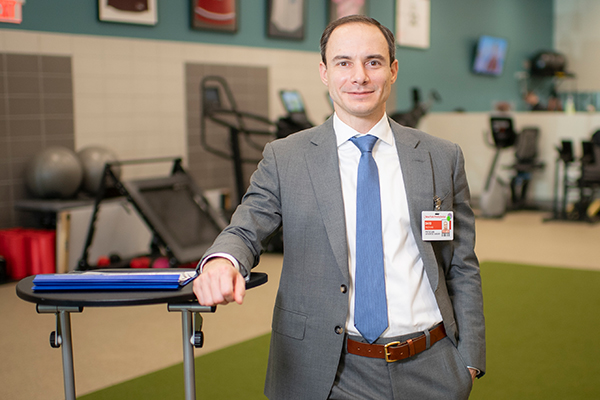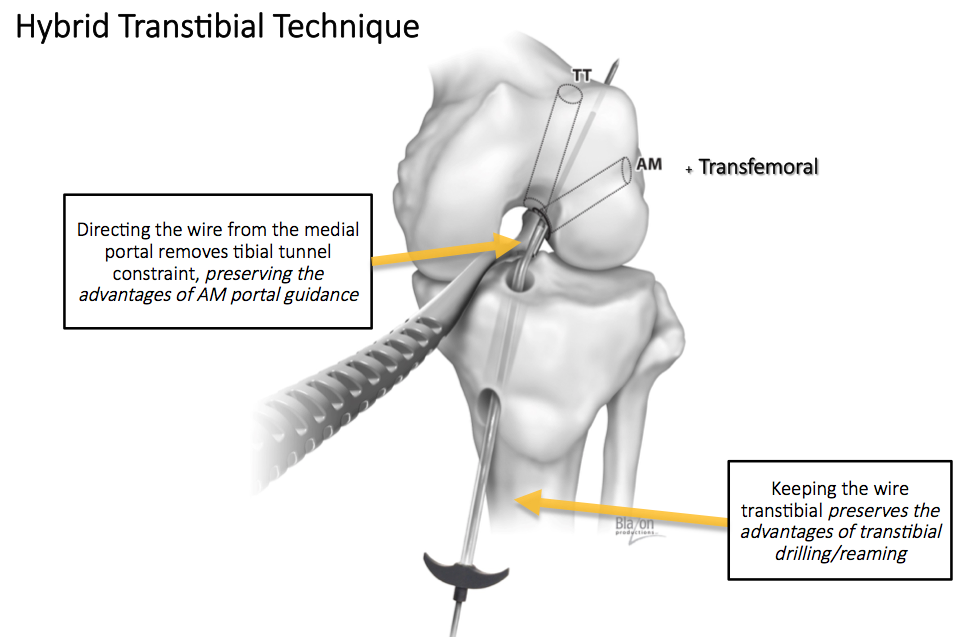Research has shown the importance of anatomic graft placement during anterior cruciate ligament (ACL) reconstruction to optimize both biomechanical and clinical outcomes.

Dr. David P. Trofa
David P. Trofa, MD, an orthopedic sports medicine surgeon with the Department of Orthopedic Surgery at NewYork-Presbyterian/Columbia University Irving Medical Center, was the first author on a randomized controlled trial performed in collaboration with Dr. Dana Piasecki of OrthoCarolina, who developed a hybrid transtibial technique using medial portal guidance of a flexible transtibial guidewire that incorporates the strengths of both the anteromedial portal and the transtibial approaches.
The researchers found that by maintaining a transtibial trajectory for femoral tunnel reaming, the hybrid approach preserved the beneficial features of a traditional transtibial technique, including the avoidance of knee hyperflexion, elimination of the risk of iatrogenic injury to the medial femoral condyle, and favorable femoral tunnel characteristics. Further, guidance of the transtibial guidewire through the anteromedial portal removed any tibial tunnel constraint allowing for anatomic aperture positioning of the femoral tunnel.

Courtesy of DanaMed
“We believe that this approach has all the advantages of tibial independent femoral tunnel drilling techniques, while not sacrificing the benefits of the more traditional transtibial technique,” says Dr. Trofa. “The hybrid transtibial approach with the Pathfinder™ guide (DanaMed, Inc.) allows for anatomic ACL positioning without compromising the trajectory of the tunnel.”
In the study, the results of which were published in the November 2020 issue of the American Journal of Sports Medicine, 30 consecutive patients with primary ACL tears were randomized to undergo the transtibial, anteromedial portal, or hybrid transtibial technique for femoral tunnel drilling at the time of reconstruction. All patients underwent 3-dimensional computed tomography of the knee at six weeks postoperatively and measurements were taken of femoral and tibial tunnel aperture positions and tunnel lengths. The research team concluded that the hybrid technique achieved femoral aperture positions equally as anatomic as the anteromedial portal technique, but produced longer, less angulated femoral tunnels, which may help reduce graft strain and mismatch.



